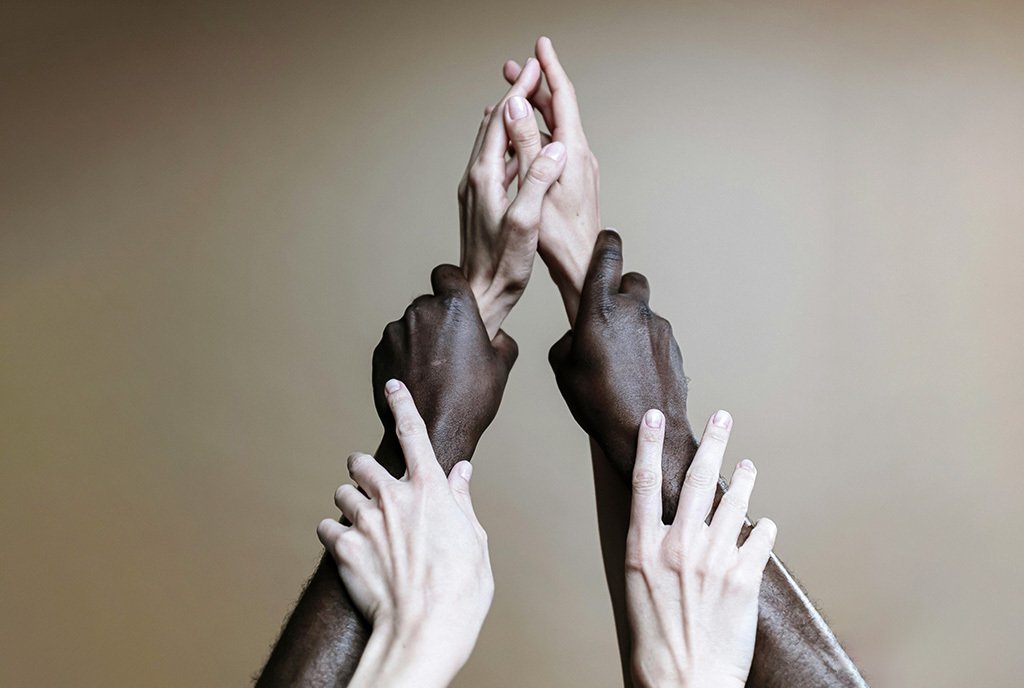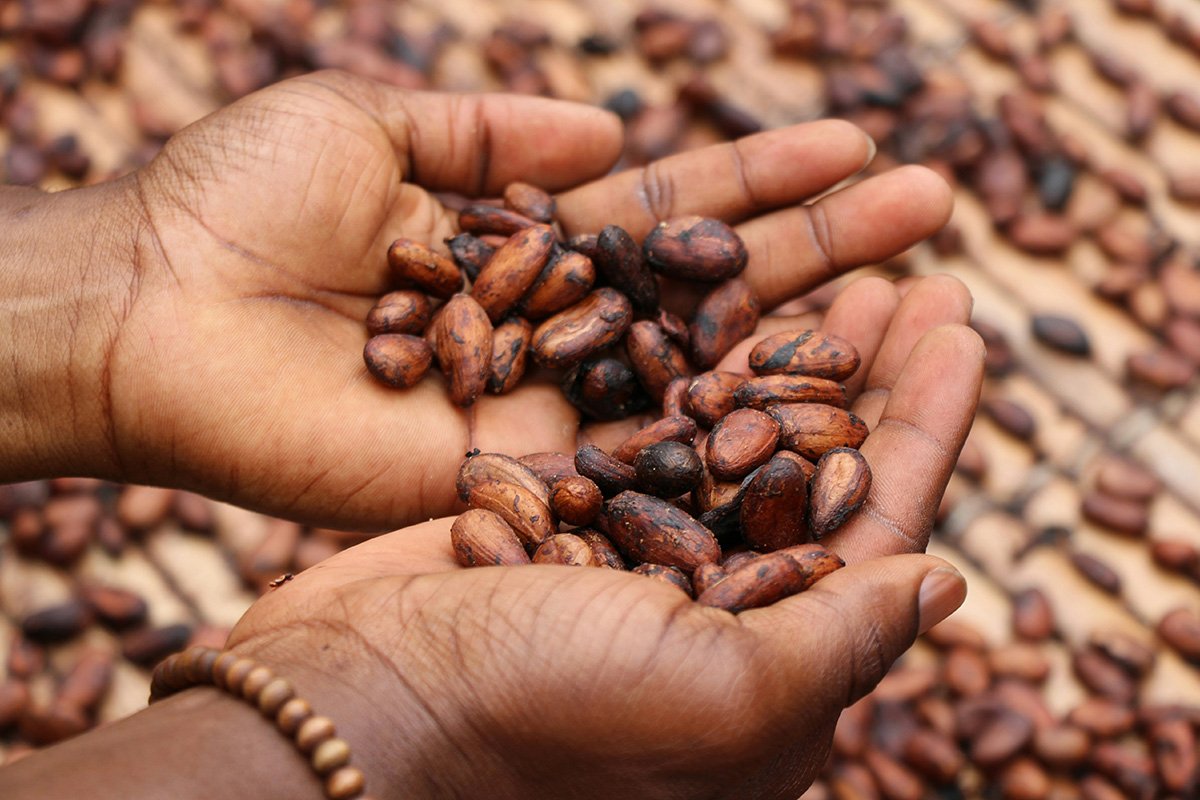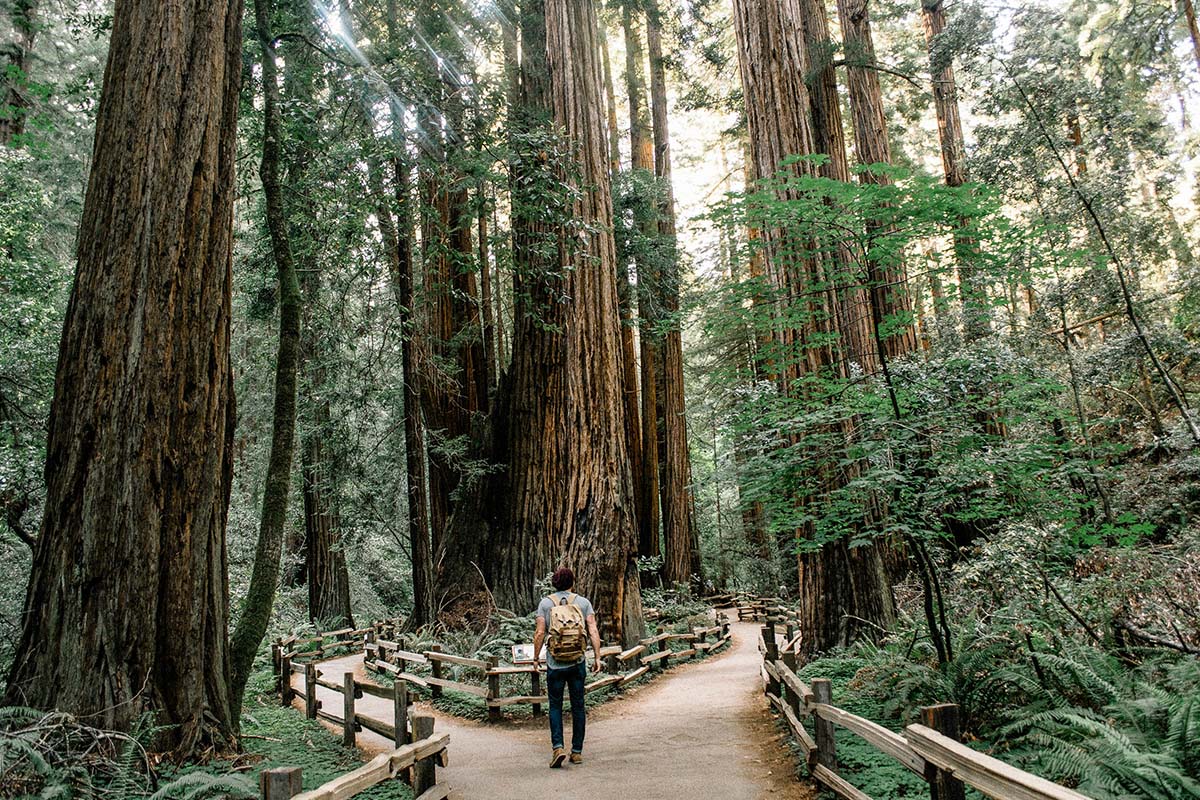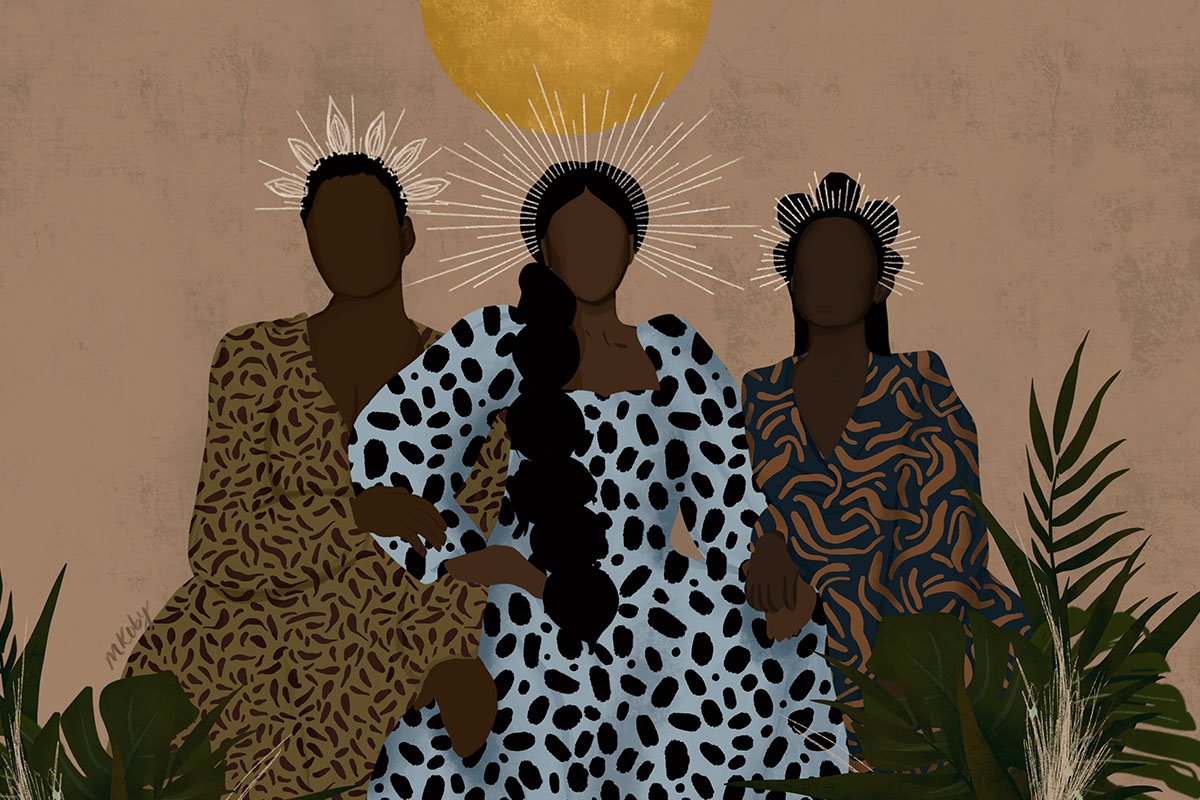
Last month, Deepak Bhargava became president of the JPB Foundation, which has over $2.8 billion in assets. In this interview, Bhargava, longtime activist and coauthor with Stephanie Luce of Practical Radicals: Seven Strategies to Change the World (The New Press, 2023), talks about how social justice philanthropy can work with movement groups to advance the foundation’s mission to help “people who have been denied power to build it, so they can change unjust systems and create a more democratic, inclusive, and sustainable society.”
Steve Dubb: You spent 24 years at Community Change, including 16 as executive director, but left five years ago and moved into academia, where you could advise movements, teach, and write, but weren’t involved in day-to-day organizational work. What made you want to come to JPB?
Deepak Bhargava: My motivation for taking the job is believing that we are at a pivotal point in the country’s history and that many of the gains that social movements have won over many decades are in jeopardy. The attacks that we are seeing on multiracial democracy pose an existential threat to vulnerable and marginalized communities. Given the stakes, I just couldn’t say no.
SD: I saw in your bio that you were born outside the United States. When did you arrive and how does being an immigrant impact your work?
“No matter what issue you care about…the fundamental issue at the root of all of them is who has power in society and who doesn’t.”
DB: I came when I was very little—under a year old. I am a first-generation immigrant. I grew up in the United States. I am an American in almost every way, but I grew up in an immigrant household and in the context of a larger immigrant community. I grew up in a multiracial, mostly of color neighborhood in the Bronx, which is where I spent most of my childhood. I had the experience to see America through the lens of my parents and a larger immigrant community where there are lot of things that need explanation and are not so obvious. It made me attuned as to what it was to feel like you don’t belong and how important it is to create social structures and a culture that is deeply welcoming and inclusive for everybody.
SD: In Practical Radicals, you offer typologies of movement strategy and forms of power. Could you outline what some of those strategies and forms of power are, and talk about how philanthropy can support movement strategies and help build movement power?
DB: A big premise of my work at JPB Foundation is that no matter what issue you care about—whether that be housing, healthcare, poverty, or climate justice, and they are all important—the fundamental issue at the root of all of them is who has power in society and who doesn’t. From my perspective, philanthropy has a pivotal role in supporting efforts to build the power of people who have been denied it. That is actually the mission statement of the foundation now. Power is at the heart of our concern as an institution.
In the book, we note that people often talk about power, but they aren’t always clear what it is. So, we offer a typology of six forms of power. To get to the heart of it, people who are in positions of authority in our society have an enormous amount of economic power. They have a lot of resources. People who are oppressed, who we call the underdogs, typically don’t have access to wealth. Their main source of power is what we call solidarity power, which is realized when lots of people with common interests and values come together. That is the fundamental and critical taproot for social change—large numbers of people who are disadvantaged by oppressive systems coming together—be it in a neighborhood, as tenants, or as workers—to organize for change.
I see philanthropy as having a crucial role to support people who have been denied power to organize to advance all kinds of issues. That is the strategy for social change that philanthropy should get behind. We can support efforts to engage. In narrative change, we can support efforts to shape the dialogue and discussion of public issues in a way that begins to move the frame of how people understand key issues in society. The efforts of LGBT activists on marriage equality are an example of this. This is a movement that moved a once unthinkable demand to one with mainstream public support in a remarkably short amount of time.
Foundations can also support public engagement, voter registration…voting rights work, election protection, and election administration work. That core activity of supporting the ability of people who are neglected in public life is essential—and philanthropy should be doing a lot more of it.
[They] also help communities engage in what we call collective care, through strategies like mutual aid, cooperatives, and building economic power and resilience. That is an important strategy that foundations can do.
“The next decade will really set the foundation for the next century on very fundamental issues of democracy, economy, and climate.”
Another important thing we touch on in the book is what we call inside/outside campaigns. [In] efforts to shape a policy conversation, while there are limits on [what] foundations can do—can’t support direct lobbying, for example—they can support shaping the issue environment, educating the public on key ideas, and fostering new ideas and paradigms. Those are some ways that foundations can support social change and social movements.
SD: In Practical Radicals, you write about the importance of analyzing the current moment, what you call “conjunctural analysis.” What is your analysis of where movements are?
DB: What we discussed in the book and what I think is true is that we’re really at a time of rupture of what has been a dominant paradigm for several generations. We have been living with a paradigm of racial neoliberalism since the 1970s. That system is breaking apart.
So, the question that we face is: What is going to replace it? I think a lot of the tumult and uproar we see, the wild swings in public opinion and politics on issues, reflects an underlying instability in our social consensus—or, in some ways, the lack of a social consensus. In one way, that means this is a period of enormous opportunity for social movements. The next decade will really set the foundation for the next century on very fundamental issues of democracy, economy, and climate. That is exciting.
On the other hand, there are some reasons to be concerned about whether organizations and movements are ready for this period of rapid change that we find ourselves in. I think we need a kind of renewal of the tradition of grassroots community organizing and worker organizing in the country at a big scale. Some of that has eroded over the past decades. There are some promising signs, particularly with the labor upsurge. But that recommitment to building mass organizations of everyday working people and people of color is the centerpiece of any strategy to achieve progressive social change and we have a long, long way to go to get there.
SD: Could you discuss how you define “racial neoliberalism”?
DB: After the New Deal, there was kind of a social consensus that evolved about the role of government in regulating markets and ameliorating the excesses of capitalism. That consensus was challenged and undone in the 1970s largely at the behest of corporations pushing for deregulation, tax cuts, a weaker government, and a rollback of many gains, particularly of the Civil Rights movement.
Sign up for our free newsletters
Subscribe to NPQ's newsletters to have our top stories delivered directly to your inbox.
By signing up, you agree to our privacy policy and terms of use, and to receive messages from NPQ and our partners.
What emerged to replace the New Deal consensus involved a much more cramped role for government in reducing inequality and advancing racial justice. In short, we have had an ideological and economic order which privileges wealth and perpetuates racial inequality. That system is essentially what we have been living with for the last 50 years.
SD: Expectations surrounding your hire are high. For example, in NPQ, Sulma Arias and Manuel Pastor wrote that your presence at JPB might “help reduce the grantor-grantee gap in the social justice space and bring to the fore the issues of scaling that are so central today.” What can funders like JPB do to reduce the gap in the social justice space between movements and funders?
DB: One important point to make here is that my perspective as a longtime movement leader and as a grantee of foundations is that foundations need to be superb listeners, and they need to be a part of communities of practice trying to address the biggest challenges of our time.
That means rolling up your sleeves and getting out into the community, listening to the community, asking questions, having opinions certainly, but being in dialogue and being open to new ideas, perspectives, and leadership.
That ethic of approaching philanthropy as an organizer is what foundations that I have seen at their best do. Rather than come up with a grand plan by themselves, they are engaging people in communities and are part of those communities in a real way.
There are many foundations today [that] bring that ethic of collaboration and openness and deep values [and] commitment to justice. I am hoping we can be part of that group and expand its ranks over time—and see ourselves as human beings with a stake in the outcomes in these great struggles of social justice in our times rather than detached observers of them, so we can really be good partners. That’s the aspiration.
SD: Has investment in the corpus of the foundation been a part of the conversation about how to have an impact at JPB?
DB: The foundation already does some very good things in socially responsible investment and impact investing. I am just starting, but I certainly expect it will only grow over time as a part of what we do.
SD: You’ve added some new positions at JPB, such as senior vice presidents of community and worker power, and of movement infrastructure and explorations—the latter held by Black Lives Matter cofounder Alicia Garza. What do you see as the role of these new positions, and how do these positions relate to your vision of how foundations like JPB should interact with social movements?
DB: One of the biggest shifts that we are making is a shift from a focus on discrete issues to an explicit focus on helping people who have been denied power to build it. You see that in the name of something about community and worker power, which is about supporting community and worker organizing, but it’s a throughline for the work of the foundation.
“I have been very passionate in my career in the belief that communities need to in some form have an ownership stake in the organizations they are a part of.”
Each area has a somewhat different focus but share that commonality. Obviously defending and improving multiracial democracy in the United States is inseparable from the project of challenging racism and patriarchy.
The area that is focused on movement infrastructure is supposed to focus some of the deep fundamentals that predict how movements succeed or not. Things like leadership development and the cultivation of younger talent and nurturing that talent. Each of the areas have a distinct focus but they also have at their center this question of building power.
SD: Compared to other countries, philanthropy in the United States has an outsized role. As folks such as Dean Spade have noted, philanthropic dependency can put movement organizations in potentially strategically dangerous positions. When you’re thinking about movement infrastructure, do you see ways that philanthropy can, in supporting movement infrastructure, help to reduce this dependency?
DB: I have been very passionate in my career in the belief that communities need to in some form have an ownership stake in the organizations they are a part of. There are many ways that can happen including membership dues. One of the things that philanthropy can do is to stimulate and support efforts to expand the kinds of revenue that social change organizations can access beyond philanthropic dollars. Philanthropy can play an important, even vital role as fuel for social change and social movements. It is just that. It is fuel. It is not the driver of social change. Social change is created by people and organizations they create and own. One thing that we will look as we look at strengthening organizing is the question of revenue and what we can do to support innovation to generate more revenue from other sources beside philanthropy.
SD: You mentioned leadership development, but could you say more about your vision of supporting movement infrastructure?
DB: We are looking at the role of technology and social change. Both technological innovation as a potential threat to equity but also how technology can be harnessed to accelerate social change. That’s a key area of interest and development for us. Another might be, and this is still in development…the question of narrative and cultural change. How can we support interventions that help to change the dialogue on key issues of concern to us, especially the debate about democracy in the country? All these things in the movement infrastructure are things that undergird successful social change on any issue.
SD: Is there anything else you would like to add?
DB: I have talked about democracy, movement infrastructure, and community and worker power, but there is a fourth area of the foundation’s work called faith, bridging, and belonging—where the foundation will support organizing in spiritual communities. These institutions are the largest civic associations in America and are often neglected by philanthropy. This area will also focus on building a bigger “we” in support of multiracial democracy. Philanthropy has often neglected certain constituencies, such as rural communities. We are supporting organizing in places where there has typically been little support.











